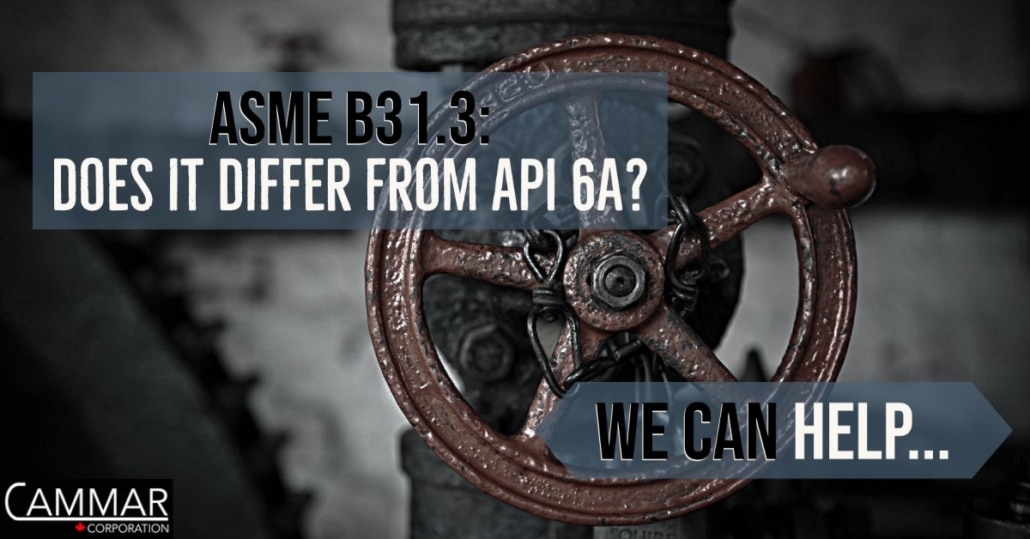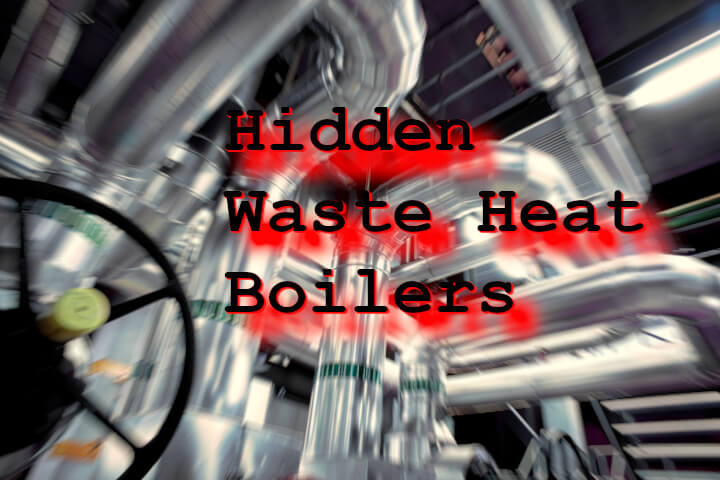API 6A and ASME B31.3 Chapter IX High Pressure Piping Components are NOT the Same.
As those in the oil and gas industry venture to where ASME codes prevail, you could find out the hard way that API standards do not govern these component designs. Expensive assumptions about API applicability can be made incorrectly, at great cost to budgets and schedules. In Canada, regulators like ABSA in Alberta and the TSSA in Ontario govern pressure equipment use and CRN registration requirements when related safety regulations apply.
For example, API 6A – Specification for Wellhead and Christmas Tree Equipment, is unacceptable as a code of construction for valves or equipment for any ASME B31.3 service in the jurisdiction of CSA B51. Regardless, many high-pressure valve and equipment suppliers often mistakenly use API 6A as their standard and do not realize that its requirements differ markedly from ASME B31.3 Chapter IX.
Here’s a quick list of some significant requirements associated with ASME B31.3 Chapter IX for you to consider:
User Design Specification:
Per paragraph K300, at their option to use Chapter IX as the code of construction, the owner must designate piping as being in ASME B31.3 Chapter IX high-pressure fluid service and must provide the designer with all system operation information necessary to properly design the equipment. In return, the designer must make a written report to the owner that certifies that calculations and the design have been performed in accordance with the code requirements.
Cyclic Analyses:
Cyclic analysis is necessary per paragraph K304.8 unless the owner designates that the piping system will not undergo cyclic loading, that there will be no pressure or temperature cycles throughout the lifetime of the piping system. If the component is listed and conforms to standards listed Table K326.1, fatigue can be analyzed with either ASME Section VIII-2 or ASME Section VIII-3 methodologies.
Flanges:
For pressures that exceed #2500 class, flanges are to be validated through ASME Section VIII-2 Part 4 calculations, per paragraph K304.5.1(b). Regulators will be reluctant to consider proof tests or FEA justifications.
Unlisted Components:
Valves etc. not conforming in any way to ASME B16.34 per K307.1 and other components unlisted in ASME B31.3 Chapter IX per K304.7, must be validated through an ASME Section VIII-3 finite element analysis (FEA) which inherently includes a VIII-3 fatigue analysis, a proof test, or a combination of both these methods. Even with meticulous records and affidavits, it is exceedingly difficult to adequately document successful service to the satisfaction of the regulator and all stakeholders.
Proof Testing:
Proof test pressure is different in ASME Chapter IX than for ASME B31.3 Chapter VI requirements and is a function of yield strength at ambient and at temperature.
Listed Materials and Allowable Strengths:
Refer to Table K-1 of ASME B31.3, not Table A-1 for pressure boundaries. Refer to ASME Section VIII-2 for bolting materials per paragraph K309 and Section VIII-2. Allowable strengths are a function of yield strength alone, per paragraph K302.3.2.
Pressure Boundary Thicknesses:
Cylinder thickness is calculated based on thick cylinder theory per ASME B31.3 Chapter IX paragraph K304.1.2, and differs from the thin-walled theory approach of ASME B31.3 Chapter II.
Impact Testing:
Impact tests are necessary for base metals and welds in accordance with ASME B31.3 Chapter IX Table K323.3.1 requirements, further to material specifications. Exemptions unrelated to specimen size are unavailable. There are no exemptions associated with material thickness.
CRN Number Registration:
Need help with CRN number registration? check out our blog for more information here.




